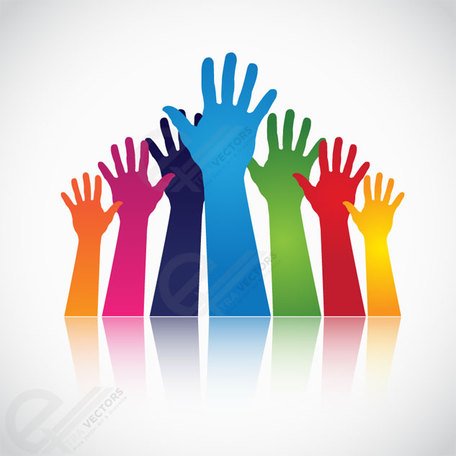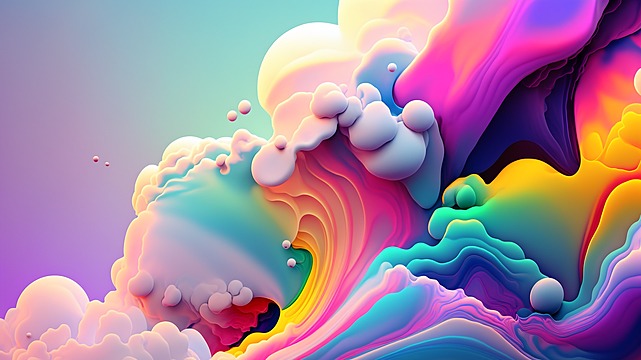Colors have a profound effect on the human soul, influencing our emotions, behaviors, and even physiological responses. This connection between color and emotional state is both universally accepted and scientifically substantiated. The impact of colors is so significant that they are used in therapeutic practices, known as chromotherapy or color therapy, to treat various physical and psychological ailments.
The Emotional Resonance of Colors
Colors can evoke a wide range of emotions. For example, red is often associated with energy, passion, and excitement. It can increase heart rate and stimulate appetite, which is why it is commonly used in restaurants. On the other hand, blue is known for its calming and soothing effects. It can reduce stress and anxiety, making it a popular choice for bedrooms and hospitals. Yellow is linked to happiness and optimism, but in excessive amounts, it can also lead to feelings of frustration and anger. Green, symbolizing nature, balance, and harmony, is often used to create a restful and relaxed atmosphere.
Scientific Evidence of Color’s Impact
The scientific community has explored the psychological and physiological effects of colors extensively. Research has shown that colors can influence not only mood but also cognitive performance. For instance, a study published in the journal Science found that red enhances attention to detail and improves performance on tasks requiring accuracy, while blue enhances creativity and imaginative thinking. These findings demonstrate that color perception is deeply embedded in human psychology and can significantly impact our daily lives.
Chromotherapy: Healing with Colors
Chromotherapy, or color therapy, is an alternative medicine practice that utilizes the healing properties of colors to treat various ailments. This practice dates back to ancient cultures, including the Egyptians and Greeks, who used color and light to heal. Modern chromotherapy involves exposing patients to colored lights or visualizing specific colors to balance the body’s energy centers, known as chakras.
Each color in chromotherapy has a specific healing property. Red is used to stimulate and energize the body, improving circulation and increasing energy levels. Blue is applied for its cooling and calming effects, aiding in the treatment of stress, anxiety, and high blood pressure. Green is believed to promote balance and harmony, supporting overall well-being and healing. Yellow is used to stimulate the nerves and purify the body, often employed in treatments for skin conditions and digestive problems.
Universal Acceptance of Color’s Influence
The universal acceptance of the emotional and physiological effects of colors transcends cultural and geographical boundaries. While the specific interpretations of colors can vary between cultures, the fundamental impact of colors on human emotions is universally recognized. For example, white symbolizes purity and peace in many Western cultures, while it is associated with mourning in some Eastern cultures. Despite these differences, the underlying connection between color and emotion remains consistent.
Conclusion
The effects of colors on the human soul and their emotional impact are both universally accepted and scientifically proven. Colors influence our moods, behaviors, and even our physiological responses. Chromotherapy exemplifies the therapeutic use of colors, demonstrating their potential to heal and improve well-being. As we continue to understand and harness the power of colors, we can create environments and practices that enhance our emotional and physical health, underscoring the profound connection between color and the human experience.

